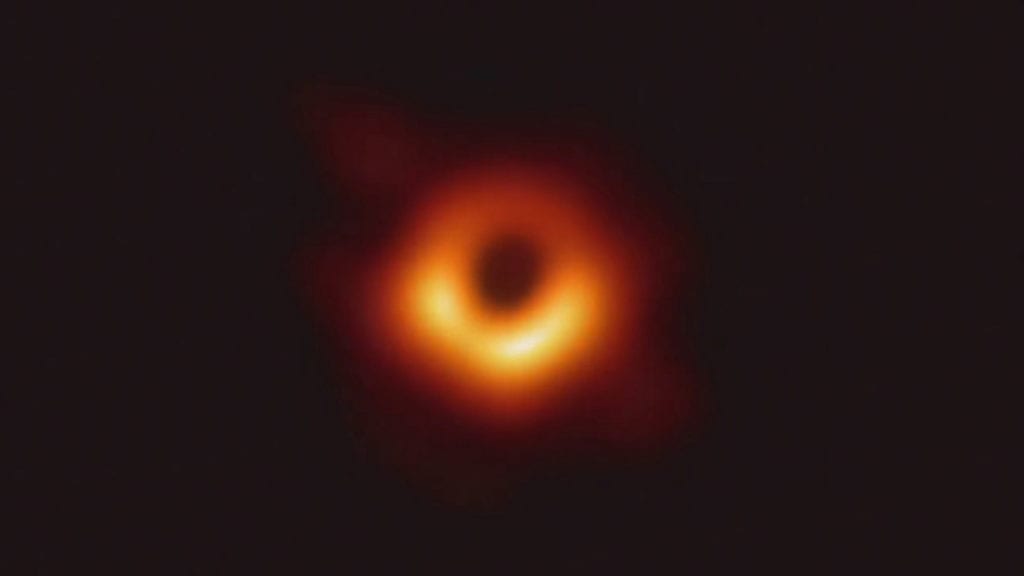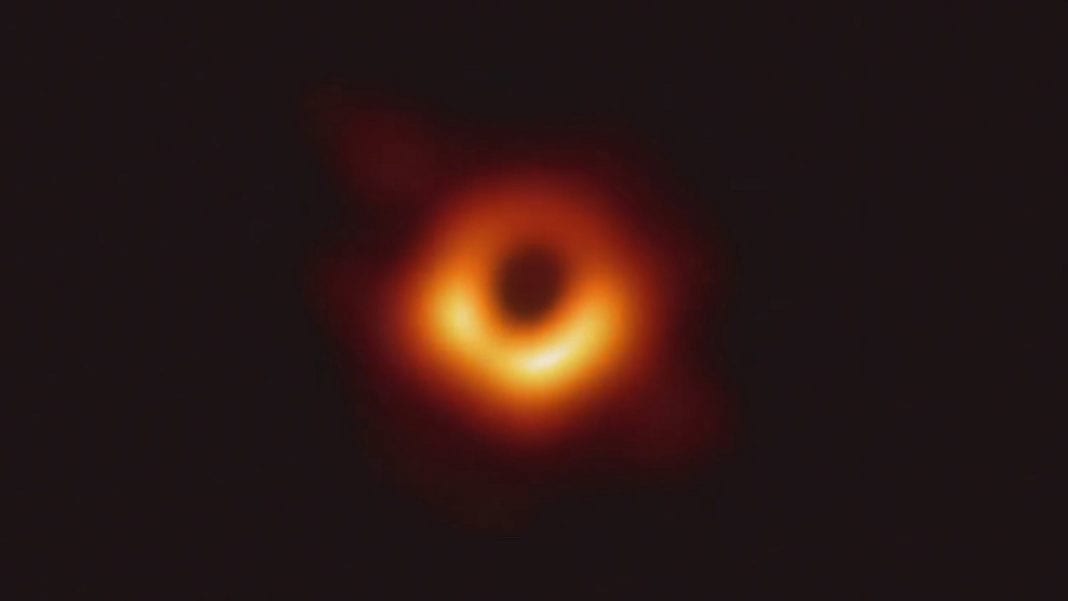Black Holes. What are they, and what do the look like? The first thing to know about them is that they can’t be seen by the human eye – or any other eye for that matter. But we know they exist because they consume matter in space and it disappears. To get a glimpse of these invisible things, you can go the New Jersey State Planetarium (205 West State Street in Trenton, NJ).

At 3:00 p.m. every Saturday and Sunday through March 1, the Planetarium will show “Black Holes”, designed for ages 6 to 12. It features state-of-the-art full dome video and offers both traditional sky and full-spectrum laser programs. Alone or with your family, lean back in the spacious reclining seats for about an hour of engaging entertainment.
A black hole is a region of spacetime exhibiting gravitational acceleration so strong that nothing—no particles or even electromagnetic radiation such as light—can escape from it. The theory of general relativity predicts that a sufficiently compact mass can deform spacetime to form a black hole. The boundary of the region from which no escape is possible is called the event horizon.

Public Admission is $7 adult and $5 child (twelve & under). Groups of 15 or more are $5 per person. They participate in the Blue Star program (Memorial Day – Labor Day) whereby active duty military members and up to four family members are admitted free with ID. Active duty Military members with ID are free year-round. Also, you can bring your child to the Planetarium for their birthday and receive a free gift! Just tell the box office when buying tickets and give them the birthday child’s first name. They will give your child the free gift and the Planetarium will announce the birthday before the show! For more information, call the Planetarium at (609) 292-6464 or see: www.state.nj.us/state/state/museum/explore-planetarium.shtml.





